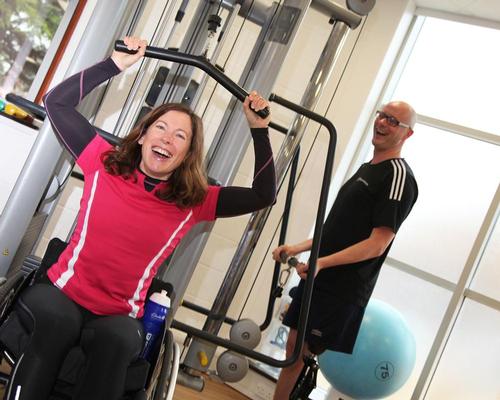10 Jun 2016
EFDS: Activity providers need to be more proactive in reaching disabled people
BY Matthew Campelli

Physical activity providers need to be more “proactive” in trying to appeal to the disabled population, according to the chief executive of the English Federation of Disability Sport (EFDS).
In a statement released following the publication of Sport England’s latest Active People Survey results, Barry Horne said that it was “unacceptable” that there was a rise in participation numbers for non-disabled people, but a dip for disabled individuals.
According to the figures, the number of people participating in sport without impairments grew by 340,000, while the number of disabled people who take part in regular physical activity fell by 2,400.
Horne said that while the dip “does not look too significant” – especially compared to the 37,300 decline recorded over the previous 12 months – sports providers needed to do more to make their offer more appealing to disabled people.
“We know some providers are beginning to call upon our insight, resources and expertise, but we encourage more to follow,” said Horne. “It will take significant changes to improve the low participation numbers so more disabled people consider, let alone take part in, the opportunities available.
“Real change means a shift in attitudes and approaches to engage effectively more disabled people. It also means improvements to the environments where everyone can be happy, healthy and active.”
Horne added that its is “often providers’ confidence that needs addressing” in how they deliver better opportunities and more attractive activities for disabled people.
The views of the EFDS chief echoed those of Sport England chief executive Jennie Price, who told Sports Management that the industry had to “stop looking at the disabled as one group of people”.
“When we think about disability sport we tend to think about a young person in a wheelchair,” she explained. “Actually, two-thirds of people with any sort of impairment are over 50, while two-thirds of those have more than one impairment.”
She added: “We have to get more sophisticated. Lots of people who have mobility issues have chronic pain – it’s not just a question of getting them there, it’s got to be the right kind of activities, delivery and strengthening options for them. We need to design it even more carefully than we are now.”
Close Window